The previous issue of "Hill-shading analysis method for complex terrain" addressed the issue of selecting sunshine regions in complex terrains. However, how to arrange arrays as much as possible within a limited area while ensuring maximum production is a highly complex problem.
We cannot simply consider this issue in terms of the front row not blocking the back row during a certain period of time (although this is a conventional approach, the result is insufficient land utilization and the plan is not economical). We need to consider many issues, such as:
1) Partial arrays are allowed to be obscured, allowing for a more compact array layout;
2) If some scattered arrays block the back row, even if they are not obscured by the front row, deleting them can make the arrangement of the back row more tidy;
3) Mutual obstruction and sequence of layout between adjacent areas (such as front and back);
4) How is being blocked by the front row defined? Is it considered if the ratio of the blocked area is less than 1%? Or less than 4%?
5) Although theoretically, it is necessary to divide plots with different spacing into different layout areas, this will result in additional workload and reduce the utilization rate of small areas, among other issues.
To address the aforementioned issues, we have conducted extensive iterative updates based on the existing array layout module, introducing a new generation of complex terrain array layout module. This primarily addresses the following issues (*primarily focusing on Auto vary pitch - Optimize pitch):
Reduce the dependence of layout on zones (*)
Align and arrange in the designated area
More arrangement capacity (*)
Faster deployment performance (*)
Automatic verification of shadow occlusion between regions
1. Reduce the dependence of layout on creating zones
The following figure depicts the zoning and layout of two typical projects. According to conventional requirements, both projects should be divided into two layout areas. Under the new layout module, even if divided into one zone, the layout capacity can be basically equal or even slightly higher.

2. Alignment layout in designated areas
Arrays have been arranged on the right side of the Project. Due to insufficient Capacity, the purple Area on the left side needs to be utilized.
At this point, we can determine the position of the rows in the left area based on the already arranged right area, and utilize the Delete shaded function to automatically remove unsatisfactory arrays.

3. More layout capacity
The new Array layout module can achieve a 3% to 10% increase in layout capacity compared to the previous version under the same Fill parameters.

When there is a further need to increase the arrangement capacity, users can further enhance the installation capacity by decreasing the "neatness" index, but the equivalent utilization hours of the project will not significantly decrease.
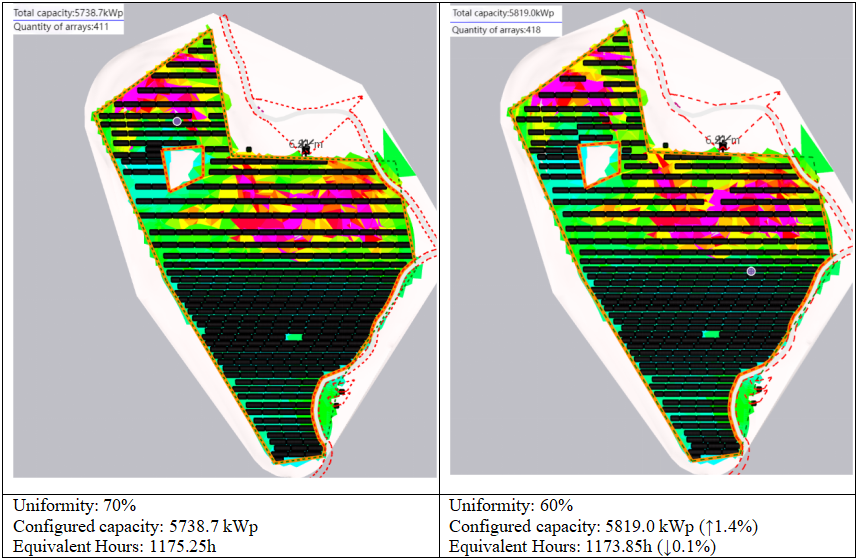
The installed capacity of the project can also be increased by decreasing the "Max allowable pitch" (but the uniformity will be reduced).
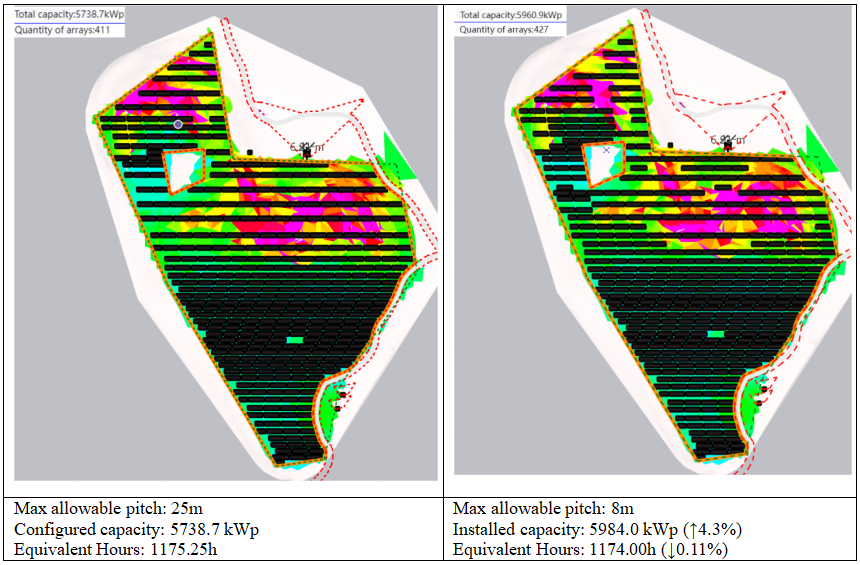
You can also increase the installed capacity of the project by raising the "array shadow threshold".
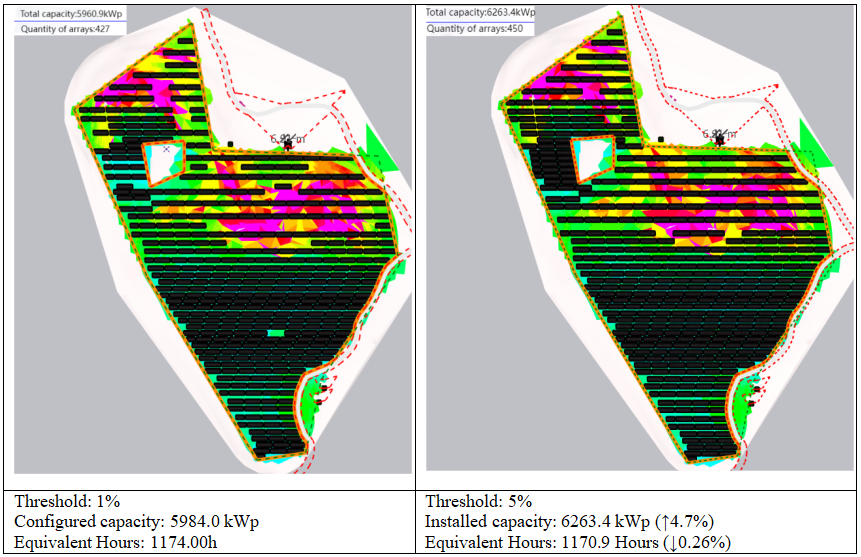
4. Faster setup speed
The project shown in the figure below has a capacity of approximately 140MW, and the speed of arranging newly arranged modules has increased by 3-8 times.
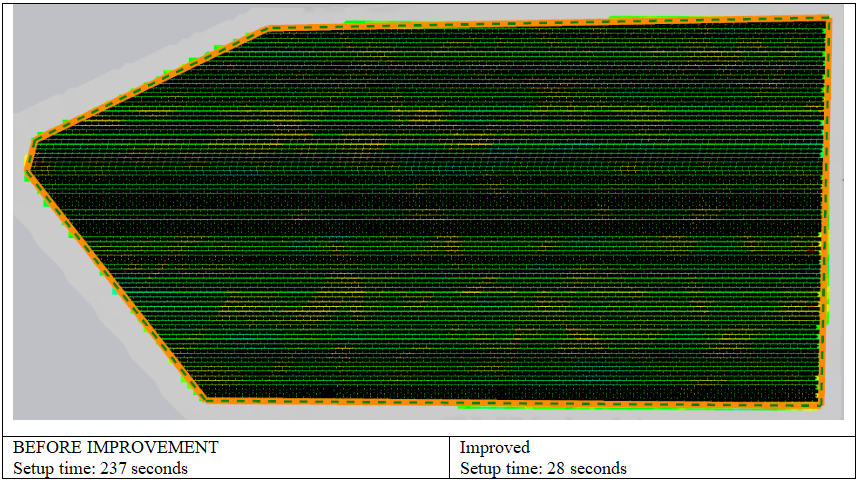
5. Automatic verification of shadow occlusion between areas
The image below shows the layout of the south Area first. When arranging the north Area, it will automatically search for the optimal position for the first row and automatically delete the arrays that are obscured by the south Area.
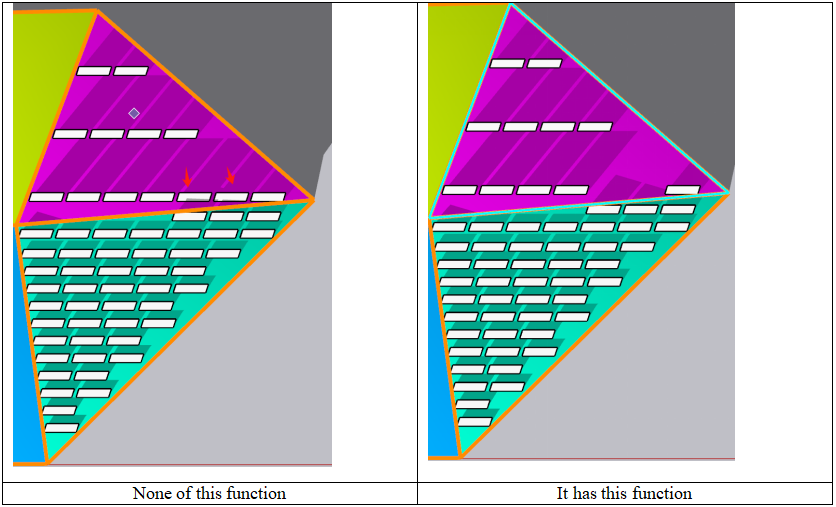
The image below shows the initial layout of the north Area. When arranging the south Area, it will automatically verify whether the last row (or multiple rows) of arrays block the north Area, and will automatically delete them if necessary.
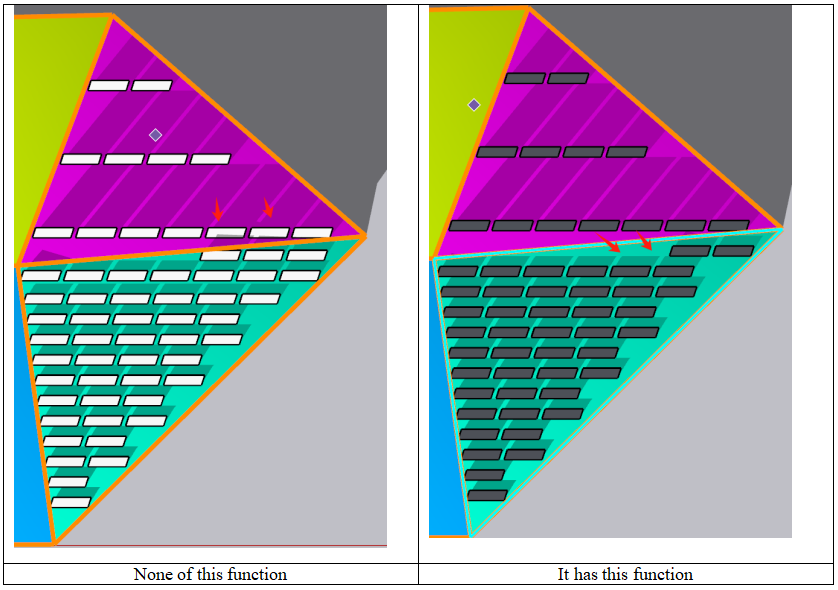
Summary:
- The new generation of array layout module has significantly improved and optimized the algorithm, reducing the requirements for user-defined zoning, greatly enhancing computational performance, and providing "Max allowable pitch", "Allow occlusion ratio", and "Uniformity" for user adjustment; it can effectively increase the project capacity while maintaining the production yield essentially unchanged;
- The new generation of array layout module provides functions such as "Align Layout By PV zones", which facilitates subsequent layout adjustments for users;
- The new generation of array layout module provides functions such as "automatic shadow verification between areas", enabling "Fill all" for all blocks in the project. The software automatically optimizes the sequence of area layout, adjusting the start y position of adjacent northern areas based on the already placed arrays in the southern areas, or automatically removing arrays in the southern areas that block them based on the already placed arrays in the northern areas, thereby effectively reducing the user's workload in adjusting the layout.
Article Comments(0)